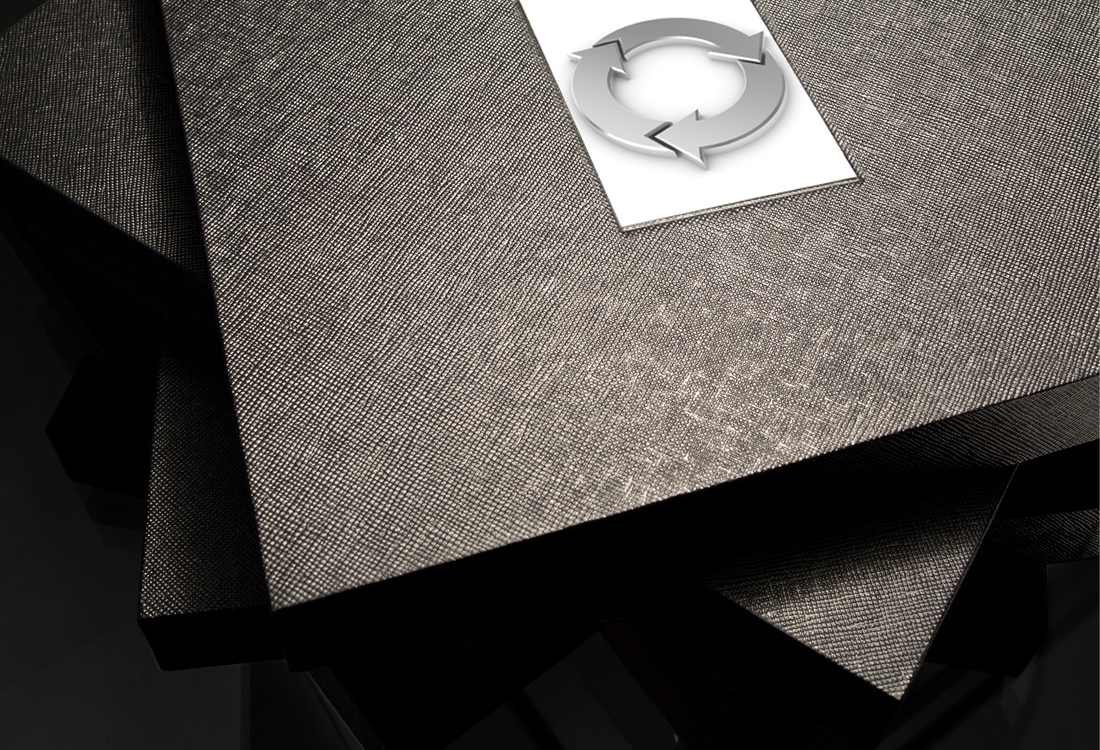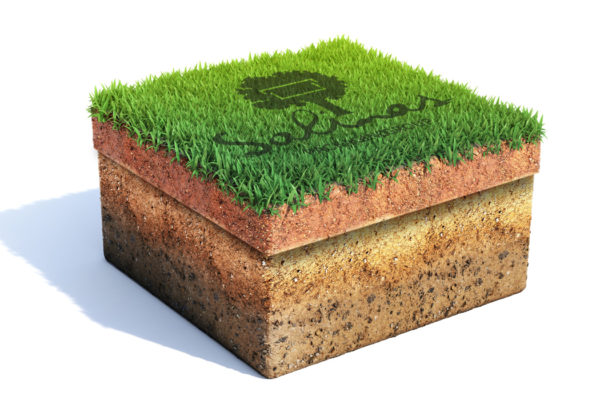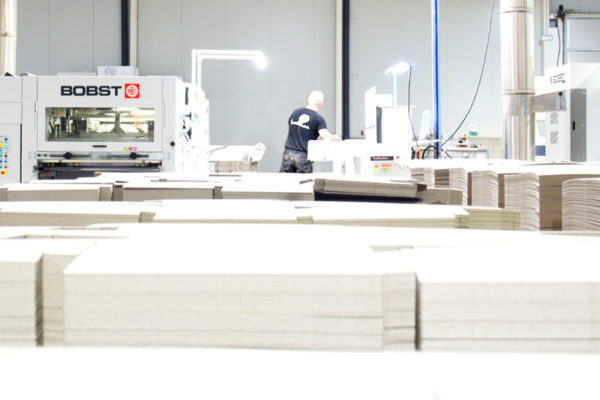
The luxury we want, the luxury we need
It isn’t easy to discuss luxury and sustainability during times of crisis and great inequalities at a global level.
During these moments, luxury is associated with high prices, unsustainable practices and dependence on social inequality.
Everything we are experiencing in 2020 has only reinforced the immediate need to put sustainable measures to all facets and aspects of our lives.
And I don’t know to what extent we are aware, as María Eugenia Girón writes in her book, Sustainable Luxury and Social Entrepreneurship, of the negative impact that climate change has on poverty and the growth of social inequality.
Far from this idea, luxury is, or should be, associated with the concepts of beauty, ethics, and products made to last by people in safe working environments.
The fact of the matter is that there are some 85 million millennials born between 1980 and 2000 (in North America alone). For this group, a brand or product that doesn’t act responsibly towards the planet and its people can never be considered a luxury.
In fact, it is at the heart of luxury where trends have developed that have later permeated into all sectors. We’ve seen this phenomenon with renting or reusing not only homes, cars, and yachts, but also in the world of fine jewelry and fashion, through the valuable framework of vintage as opposed to old. “Pay to enjoy” is a trend and a step forward in the development of sustainable awareness.
All this, far from reducing the growing capacity of the luxury market, has led to many more people being attracted and interested in it. Not without reason, it continues to be the sector that has best overcome the economic crises to date.
Business models such as those of Airbnb, UBER, Vinted or Wallapop have followed in the wake of these early experiences.
Luxury is shifting towards the emotional and enjoying something for a set time period is prevailing over the obsession of ownership and possession.
That trend, the emotional economy based on emotional and creative intelligence, is developing with a firm and agile step in a society increasingly digitized, robotic and informed.
For these reasons,
we can say that a business strategy can’t be maintained without including sustainability, understood as a whole: PEOPLE, PLANET & PROFIT.
The world of luxury, of luxury packaging, is called upon to create sustainable trends, because luxury has always been a laboratory of ideas and a lens through which many other sectors can be studied.
And for all the packaging producers/suppliers, the solution is: common sense, commitment, transparency, collaboration and a lot of information.
According to the WWF report, Living Beyond the Limits of Nature in Europe, we Europeans (and practically the whole world) live as if we had 2.8 planets filled with natural resources at our disposal. If we take into account that every time we breathe, we depend on what nature provides us with, we’ll also get an idea of the magnitude and urgency of what we are talking about.
And most importantly, if we do nothing, the day will come when our grandchildren or great-grandchildren will say to us, “You knew, you were there and you did nothing.”
That said, sustainability means awareness, it means cultural change, it means economics, productivity and responsible consumption, as well as politics and communication.
The circular economy is portrayed as the key that will open the door to the balance between economic and sustainable development.
According to the Ellen Macarthur Foundation, created in 2010 with the aim of accelerating the circular economy, in Europe alone, the implementation of this new economic model could unlock more than a trillion euros worth of value to the economy.
But nobody becomes circular on their own and suddenly, overcoming this ecological crisis requires a great collaborative effort.
How do we make this cultural change? What moves us to promote this change?
In general, we are aspirational people, and it’s exactly that attempt to achieve our aspirations that makes us develop good habits. We aspire to live better, feel better, eat better…
Therefore, the necessary cultural change will occur through a change in people’s aspirations and, consequently, a change in our relationship with objects and products.
Packaging (and we refer to secondary packaging as it is the subject of this blog) has been one of the most “demonized” aspects in this whole revolution, perhaps because it is the most visible and evident. However, it’s fair to highlight that its great communicating power has made it one of the most important vehicles for driving ecological awareness and the sustainable habit of recycling, a fundamental part of the circular economy.
It is for good reason that the food and beauty sectors are two of the most developed and regulated in terms of sustainability. On the contrary, in other sectors such as fashion, it has been much more difficult to make society aware and to take sustainable measures.
Until a few years ago, the majority of the population was willing to pay more money for a cosmetic or food product that certified its sustainable components, but those same people weren’t aware that the T-shirt they had just bought for 12.00€ (whose average use is estimated at less than five times) required over 3,000 liters of water to be produced.
According to the Fashion Industry Circular Fibres Initiative, less than 1% of the material used to produce clothes in the world ends up being recycled to make new clothes.
Doesn’t it have something to do with the fact that when we buy perfume, cosmetics, wine or even a tube of toothpaste, the product is always accompanied by a container with plenty of information about its composition and recycling instructions?
I just checked my 12.00€ T-shirt and I didn’t find a green dot, tidyman or recycling symbol on any of its labels. How will the consumer become aware?
Packaging is a vehicle that, if conceived in a sustainable way, can help drive that sustainable cultural change that we so need.
If the economy is global, sustainability will only be real when it is also globalized by markets and states. We can control the origin of raw materials, the production process and distribution, but we cannot control where the product waste is produced and its transformation into new raw material.
Controlling and regulating breakdowns, surpluses and devaluations of materials in recycling industries is a “hot potato” that urgently needs to be solved.
Currently there are plastics and other materials that could be recycled but there is no technology or infrastructure to do so.
The social effort must be supported by a political and economic effort.
As stated in the cradle to cradle theory developed by Michael Braungart and William McDonough in 2003: “The world must be redesigned. There is still time, following the principles of nature, where the concept of “waste” does not exist.
Treating materials as “nutrients”. Creating a continuous flow to reuse and recycle everything we produce. Generating a “circular economy” to replace this nefarious model in which we have been anchored for more than a century: use and throw away, burn and bury, from the cradle to the grave… Being good is possible and more exciting.”
We are presented with the possibility of making the greatest ethical and economic change in history.
We work with cardboard and paper and with them, we make beautiful packaging for premium and luxury products with an eco-vision that starts at the beginning of the chain. I like to think that what we do is develop a “second skin” for the product, a skin that speaks to its origin, to the careful process of its elaboration and that in turn, assures the product is valued and respected.
Because to respect the products throughout their life cycle, is to respect those who have made them possible, the material with which they have been made and the natural resources that have been invested in them.
The luxury we need and the luxury we want is the one that connects mind, heart and hands.
Carmen Yago
Creative & Strategist Marketing at Salinas Packaging Group




